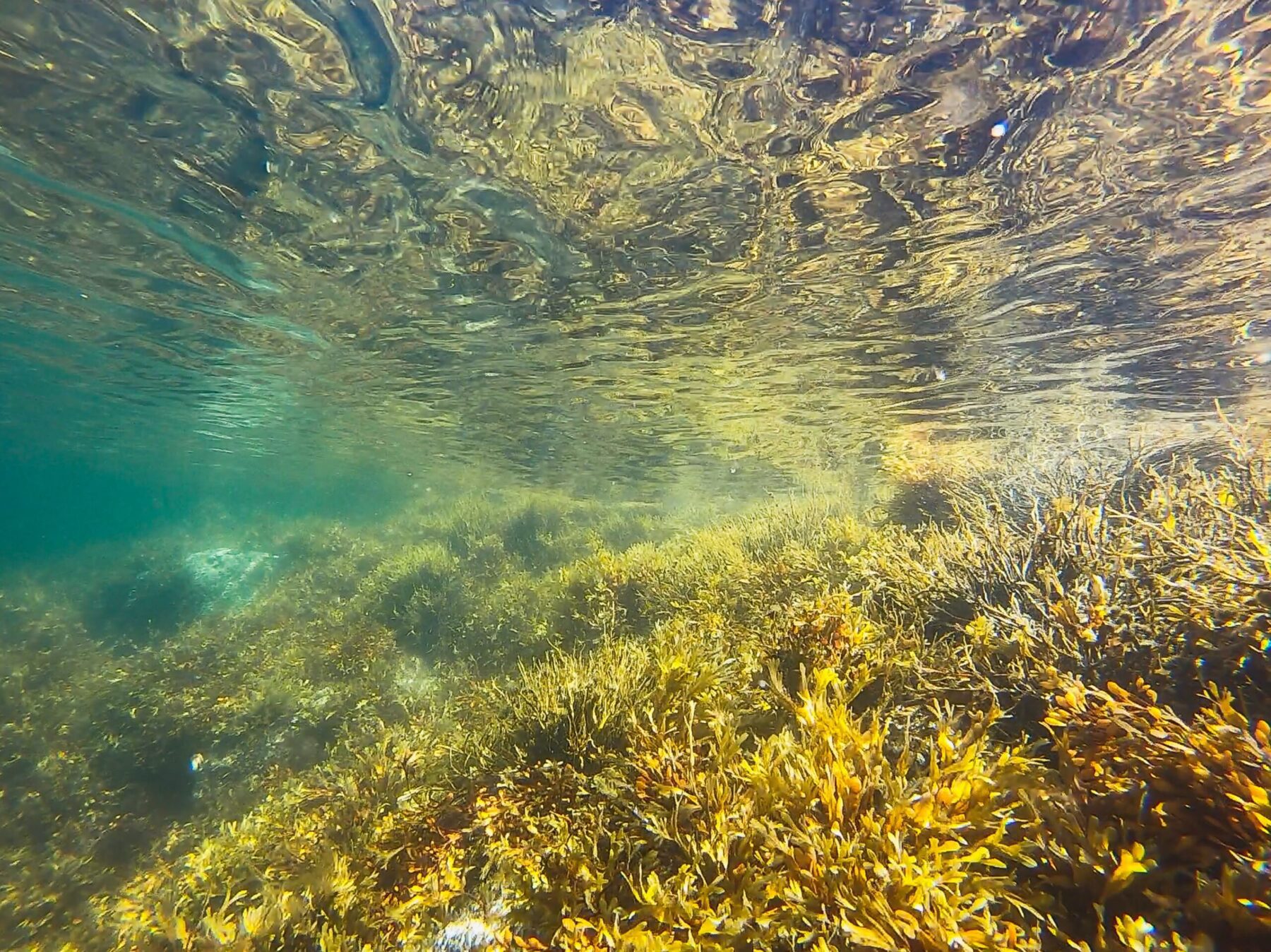Seaweed Acts A Nature-Based Carbon Sequestration Tool
While cutting emissions is a significant part of the fight for a healthy climate, we shouldn’t forget the importance of using our nature-based allies as much as possible. These ecosystem friends are everywhere you look, whether it’s honeybees pollinating nearby flowers or cows and sheep improving soil health and nutrient retention by grazing. Mother Earth has given us a great deal to keep the environment healthy and vibrant on every green corner of a city block, wooded neighborhood in Pennsylvania, and cove along California’s coastline.
An often underappreciated member of this ally group is kelp. The health-crazed few of us might remember the plant’s usefulness as one of the best sources of iodine on the planet. However, many are probably unaware of what it does beyond tickling the feet of (and subsequently terrifying) unaware lake swimmers. Arguably, the most promising use of kelp is as a natural carbon sequestration tool.
According to experts from the Energy Futures Initiative, the planet’s kelp population can sequester anywhere between 1 and 10 billion tons of carbon dioxide annually.
While companies worldwide are working tirelessly to figure out abstract methods of trapping carbon — techniques that involve storing large amounts under the planet’s surface — it makes sense to take a closer look at kelp as a tried-and-true and sustainably sourced alternative.
Another crucial role the plant plays is as a foundational species in many marine ecosystems. We humans like to think that our ability to find and create shelter for ourselves is one of the traits that sets us apart from the rest of the animal kingdom. In reality, plenty of species continue to find their forms of shelter, a purpose that kelp serves happily. The plant can grow to heights as impressive as 45 feet, serving as makeshift high-rise metropolitan areas for their marine communities. Without it, many species in places like Seattle’s Puget Sound would be vulnerable to predators. This vulnerability can quickly break down the entire local food chain.
The Puget Sound has been a site of particular interest for kelp, given that recent population estimates show notable decreases in the area’s bull seaweed numbers. One group looking to bring the population back to its former glory is the Puget Sound Restoration Fund, a nonprofit that uses a monitoring-based approach to build up regional bull kelp.
The fund announced a $1.7 million grant from the Paul G Allen Family Foundation, a charity set up by the late conservationist and Microsoft co-founder. The money will go to the program’s continuation, including a swimming robot prototype for real-time kelp surveillance.
Other program dimensions include training and recruiting a local diver network for additional surveying support and expanding to another 14 sites of interest.
Administrators at the fund are most excited about how observational data will now come to them in real time, a significant advantage over inadequately funded efforts that would provide a less-than-constant flow of information. Such upgrades could help prevent situations like those in Southern California, where a rapid and unexpected increase in a predatory sea urchin led to dwindling local seaweed numbers. “The real-time feedback from the robotics system can give you a sense through imagery and data themselves, are we starting to see stress in the kelp forests,” Jodie Toft, deputy director at the organization, said to GeekWire.





